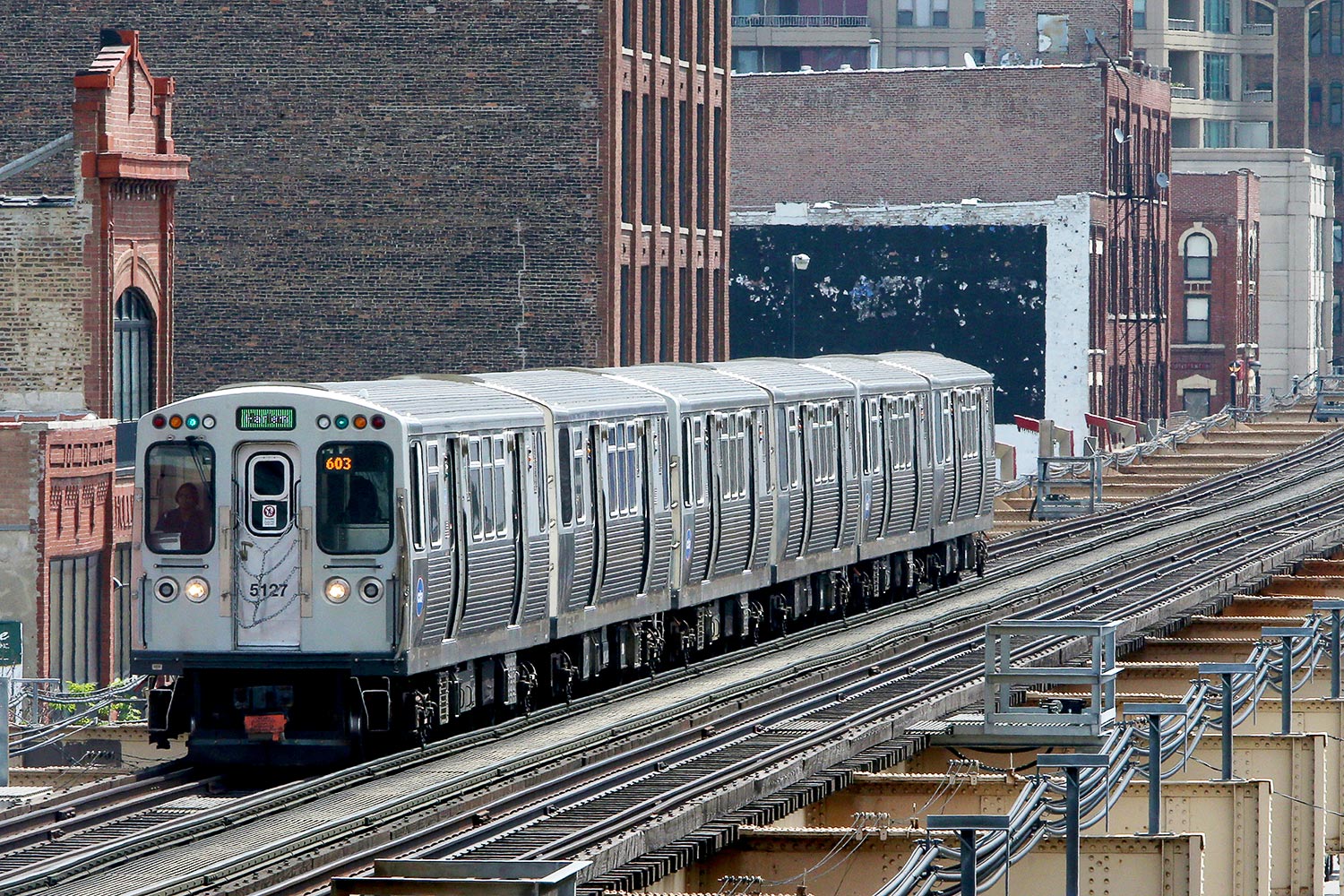Two reasons: money and geology. In the early 1890s, as Chicago prepared for the World’s Columbian Exposition, there was a rush by private companies to build a public transportation system here. The first elevated train line was opened in 1892, and three more private lines would soon follow. In 1897, transportation magnate Charles T. Yerkes built the Union Loop, as it was then called, to connect the entire system downtown. Elevated lines were cheaper to construct than subways, so they appealed to the profit-minded transportation firms, which were supplanted by the Chicago Transit Authority in 1945.
Underground rail was also more difficult to build here, says local historian Tim Samuelson: “Subway construction was problematic in Chicago given the soft clay-like nature of the substrate, and the nature of fragile ‘floating’ building foundations in the downtown area.” New York City, whose subway opened in 1904, was able to dig through rock, which supported buildings better than Chicago’s clay.
Chicago eventually figured out how to build a subway, so why did the city continue to add elevated rail? Constructing subways to the outlying neighborhoods, says Samuelson, “wasn’t worth the cost, effort, and physical disruptions.”
Send your questions about the Chicago area to emcclelland@chicagomag.com.



